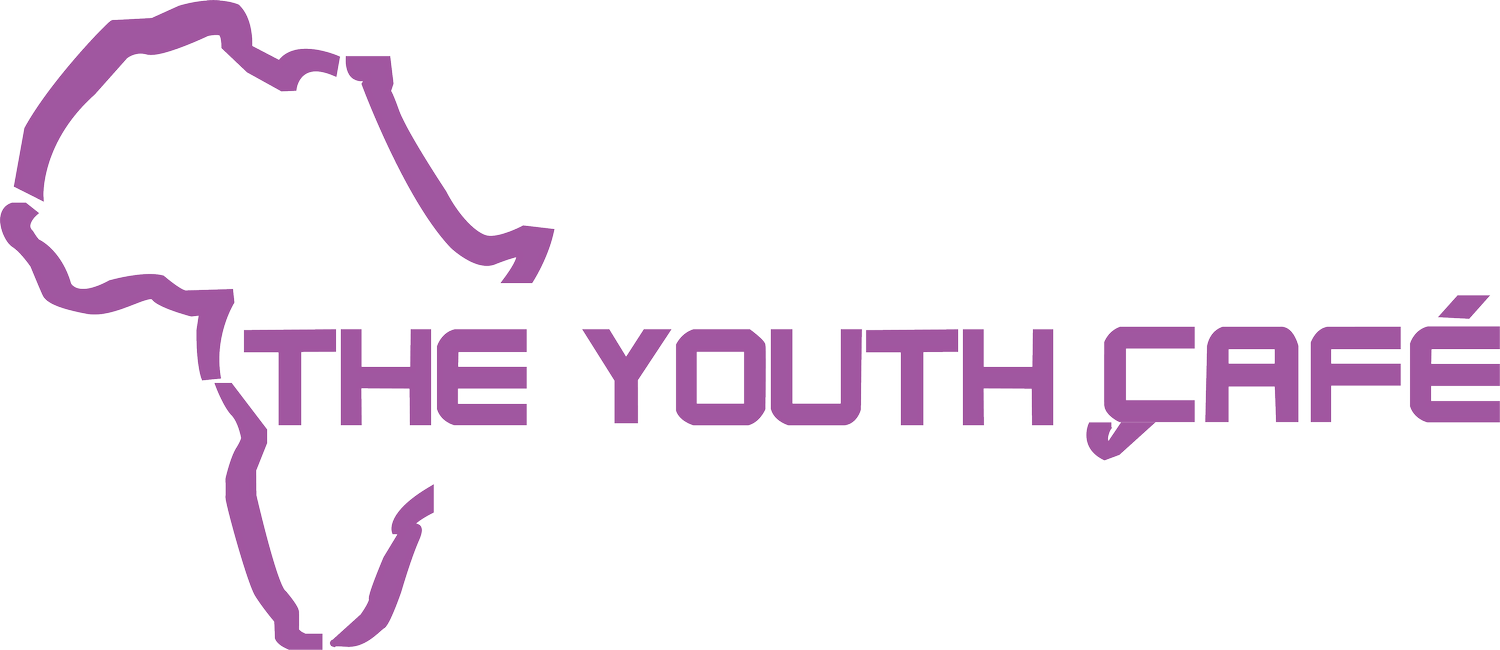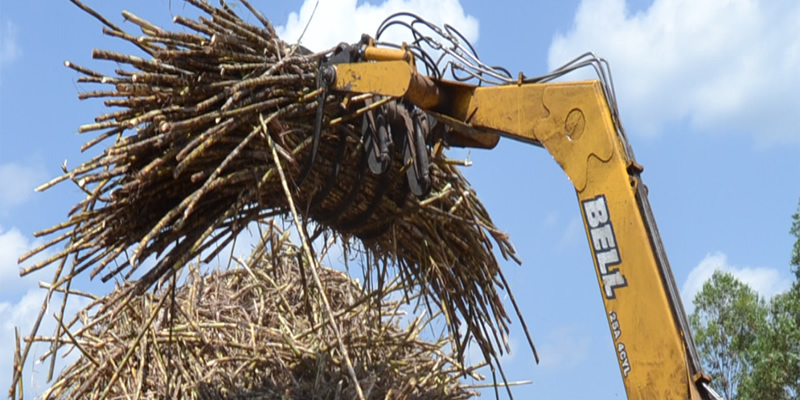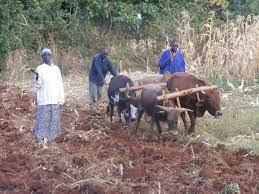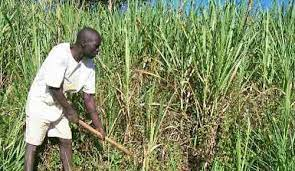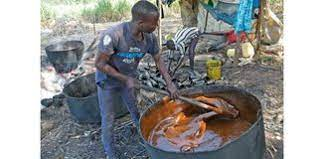The New Sugar Giant In South Nyanza, Kenya | Roy Willis Ong’udi.
“You have to understand very well that sugarcane is a cash crop,” Mr. Achacha paused a little as he swallowed the last juice of sugarcane. “…It’s true you cannot chew sugarcane only then go to sleep, but again the money we get from selling our sugarcane is more than enough to purchase food crops from other regions. We don’t have to grow everything”. Achacha always made his points clear.
Mr. Achacha is mum’s childhood friend in Southern Nyanza and I love listening to their childhood stories. Mum had talked of one meal per day back in the days of her youth, she had talked of empty granaries at the center of grass-thatched houses. The source of light back in her days were paraffin tin lamps, which would often go out even before meals when paraffin depleted. “In such times we used to eat outside the house as a family using moonlight, or just the little light from the stars.” I remember mum explaining, amid little chuckles. That was over twenty years ago. Things are very different now, though.
Mr. Achacha becomes a wealthy local sugarcane farmer. Electricity is now the source of light in many homesteads, food is in plenty and most families can purchase most basic items for their consumption. Granaries are of no use since people have money in banks. I couldn’t believe how fast a place could change, is one or two factories in a region enough to change people’s lives that fast? At least, this is not the same when mum was brought up in; local people are not the same anymore.
From | Sony Sugar Company
Sugarcanes
On the hilly slopes of Awendo town in South Nyanza, twenty meters from River Sare lies a big sugar factory. Once a reputable source of brown sugar, Sony Sugar Company is nowadays a dying giant. The company had been a household name back in the year 2000, falling second to Mumias Sugar Company in western Kenya. Young lovers that time were proud of it, “You are my Sony Sugar, ‘Simply the Sweetest’”.
To produce sugar, Sony Sugar Company purchased the sugarcanes grown by local people, but few people knew growing sugarcane at that time. Majority of local communities grew food crops like cassava, maize and beans which were strictly for family consumption.
Large track of land still laid bare and hunger ravaged the people during seasons of drought. Children would be left at home as adults walked to the gold fields at Makalda, over 10 kilometers away, to get something for the family. “The process of acquiring the seed canes was not easy and it was just left to the wealthy and those who had gone to school.”
Achacha explained why he did not venture into sugarcane farming much earlier. “When you are talking about poverty, this place was the definition. One man once left his family and disappeared since he couldn’t provide for them. Another school going kid also dropped out of school when a neighbor who had caught him stealing maize from his granary reported him to the school headmaster.” Sugarcane growing was the privilege of wealthy people.
The dominance of Sony continued until the construction of a new sugar factory began a few kilometers away- Sukari Industries in 2007. The new factory this time this time belonged to a businessman of Indian ancestry who has since then owned several other sugar companies in the country. All the sugar factories before then were government owned and locals never imagined an individual could be rich enough to privately own a company.
Built on a vast piece of land, Sukari Industries stood just a kilometer from River Kuja. To attract more famers to work over the river, the factory even constructed a bridge across the river, which the government had never thought of before. Local people could thus cross the river without paddled boats. They cross the river in a shorter time and no longer take the risk of being eaten by crocodiles when swimming. The locals could feel the change coming, the company was going to change their lives for the better.
Locals waiting to be transported across River Kuja using a boat.
Sukari Industries started operation in 2009 after its completion using sugarcane from independent farmers who never registered with Sony Sugar. Payment for the sugarcane was received within two weeks, much quicker than three months by Sony Sugar before.
Everyone at once saw the opportunity and wished to grow sugarcane. Through the local chiefs they made their request to the company, who organized seed canes for farmers who had large tracks of land. The acquired seeds would be repaid after the first harvesting after which the farmer would benefit solely from the next two harvests. Sugarcane after harvesting grows again and again, allowing the farmer to make benefit without having to plant new canes.
Oxen were used to plough the idle pieces of land instead of hiring tractors, which saved locals much money. Joy and hope could be seen in the smiles and the determination locals put in their farms; they could now be called farmers. No conversation among two adults ended without the mention of the new factory.
Very early in every morning whistles of farmers singing to their ploughing oxen could be heard and those who had no oxen nor ox-ploughs gave an extra hand to those who had, their farms would in turn be ploughed free of charge.
Locals ploughing using oxen.
The new factory also introduced a system for acquiring farm inputs like fertilizer, pesticides and tractors at a loan repayable after harvest. The barren lands soon were full of sugarcane, young men and women in gumboots with shirts branded ‘Sukari Industries’ could be seen walking the villages; They were talking to farmers, advising on the best variety to grow and helping the farmers with banking.
At the same time, Sony sugar wasn’t quick in adapting to the new tricks. They still made their payments after three months and never knew nor cared about the struggles farmers went through in the field. It was a no brainer for the farmers who needed no convincing to work with the new factory.
The locals say they love the new factory. No one have to travel to Makalda to the gold fields anymore and land initially of little value decades ago is the source of their gold now. Planting, weeding and harvesting skills provided by Sukari in the several available farms became a source of income for the many uneducated youths and their life is getting better and better.
An area that used to be so backward can nowadays be seen from distant hills since the street lights look so amazing when night falls. The living standards have seriously improved with the very lucky families, with large tracks of land for sugarcane becoming village millionaires.
A young farmer weeds his sugarcane farm as shown.
However, no one is perfect, so is Sukari Industries.
To begin with, the factory workers complain of the huge salary disparity between the blacks and the Indians even for the same piece of work. For instance, the ‘Supervisory’ position requires a bachelor’s degree for black while Indians hold the same position with a form four certificate while earning a higher amount. This makes locals bitter.
Secondly, the number of deaths inside and outside the factory is becoming a norm nowadays. Young men have been crushed down with sugarcane when working within the factory sugarcane, the explanations given are never sufficient. One man in his late 20’s was crushed one rainy night, leaving his wife and three children suffering a lot; One village, Kanyikela once got fed up and burned down a tractor that had knocked dead one school going kid during a demonstrating and they paid the price dearly. Their sugarcane stayed in the fields till some started drying up after maturity. It was strict order from the managing Indian heads for the punishment to be affected in that way.
Still, too much sugarcane in the fields nowadays has also become a headache to the farmers who now wish there were a competitor to Sukari Industries. A farmer can nowadays make a request to have his/her sugarcane harvested but it takes months for feedback to be got. The officers in the field also solicit for bribes whenever a farmer needs assistance. Most farmers have no option and do whatever it takes to have their sugarcane harvested. Those farmers who manage to take care of their sugarcane without loans provided by Sukari are then forced to sell their canes to the local crushers who pay much less for the same quantity of sugarcane in making jaggery. This way many farmers who can grow sugarcane without relying on the help of the company feel marginalized.
Jaggery is almost ready after the sugarcane juice is boiled and only sugar.
Sony and Mumias are the dying brands, and it takes a miracle to find their products in stores and supermarkets nowadays. Sony for instance only operates twice a month. On the contrary, Lorries full of sugar and tractors full of sugarcane are busy at the two main gains of Sukari Industries making entries and exits.
We highly praise timely payments and farm input provisions provided by private companies like Sukari Industries. The competition they bring to government owned companies brings so much benefit to the locals. But these private companies could not be the end. We still hope we could have a company who can not only help the farmers but also care the well-being of the workers in the near future.
Packed Jaggery ready for sale.
